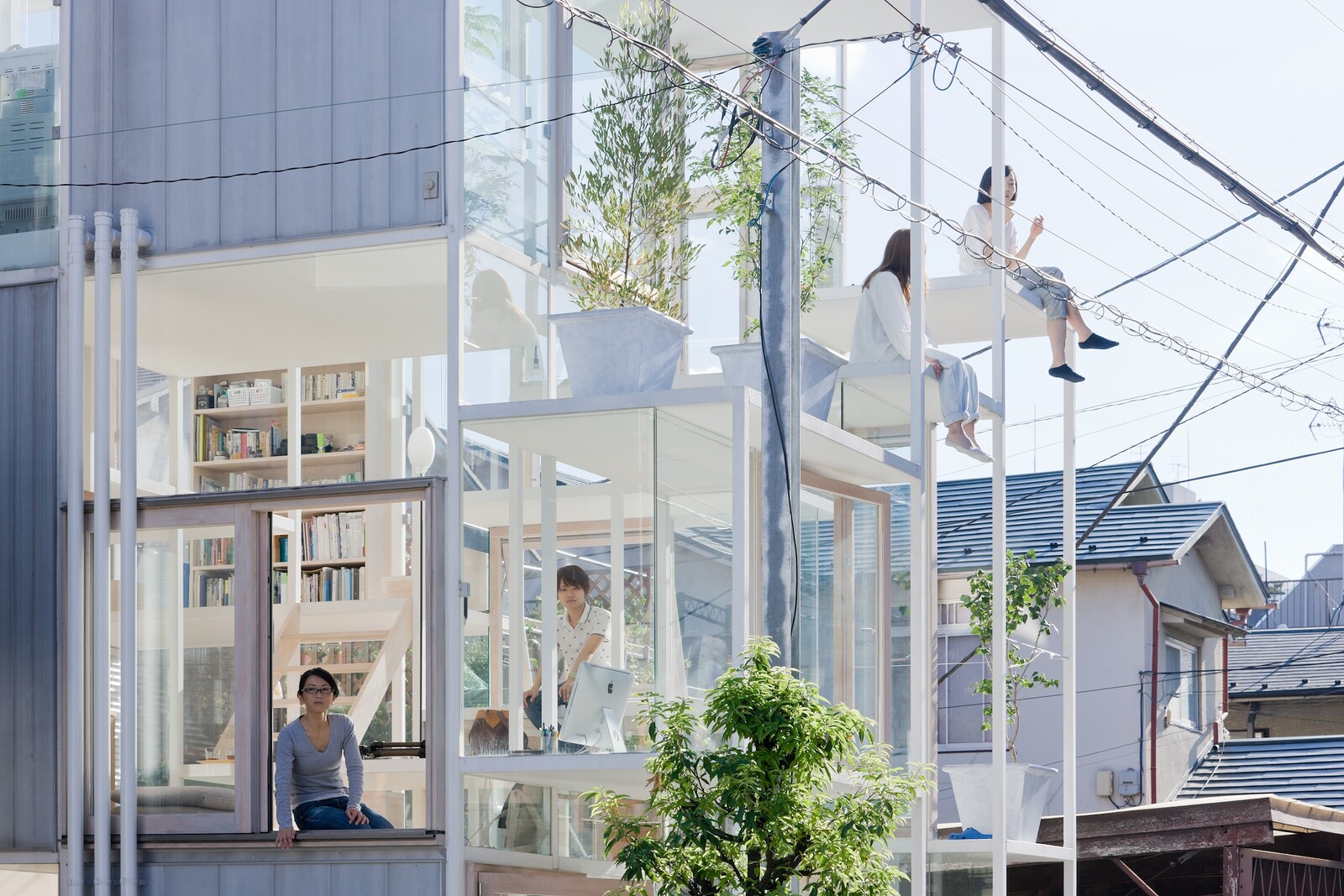Architecture & Life after 1945
November 9, 2016–February 26, 2017
Via Guido Reni, 4/a
00196 Roma Italy
Italy
Hours: Tuesday–Sunday 11am–7pm
T +39 06 32486
press@fondazionemaxxi.it
Between tradition and innovation the interpretation of the house by over 50 Japanese architects capable of recounting an entire culture
In the Japan devastated by the Second World War and economically incapable of planning large-scale public settlements, the cities slowly transformed into vital, apparently disordered and continually expanding entities in which small single-family dwellings were built, demolished and reconstructed without pause. With the exhibition The Japanese House. Architecture & Life after 1945, co-produced with the Japan Foundation, the Barbican Centre and the Tokyo Museum of Modern Art, MAXXI will be presenting the centrality of the theme of domestic architecture in Japanese society through the work of archistars such as Kenzo Tange, Toyo Ito, Kazuyo Sejima and Shigeru Ban, that of a number of their masters, hitherto less well known in the West, such as Seike Shirai, Kazuo Shinohara and Kazunari Sakamoto as well as a group of extraordinarily promising young designers.
The Japanese House documents the work of three generations of designers, covering a period spanning from the post-war years to the modern day. It explores one of the central themes of Japanese architecture: the design of the single-family house. The exhibition, which was born from a collaboration between international institutions and which will travel from MAXXI to the Barbican in London and to MOMAT in Tokyo, includes over 80 house designs. Drawings, models and photographs help visitors to understand not only the natural ease with which Japanese architects mix modernity, tradition and the ability to work in dialogue with their clients, but also the virtuous role that their works assume in society and in the cities of their country.
The staging of the exhibition, designed by Japanese practice Atelier Bow-Wow, organises the work of about 60 artists along a 70-year genealogical stretch, in a path that is structured into 14 thematic areas. The exhibition moves from the tension between modernity and japaneseness following the war onto the metabolic utopias of the 1960s and the minimalism of the ’90s, before introducing us to the current renewed focus on the vernacular and the use of simple materials.



